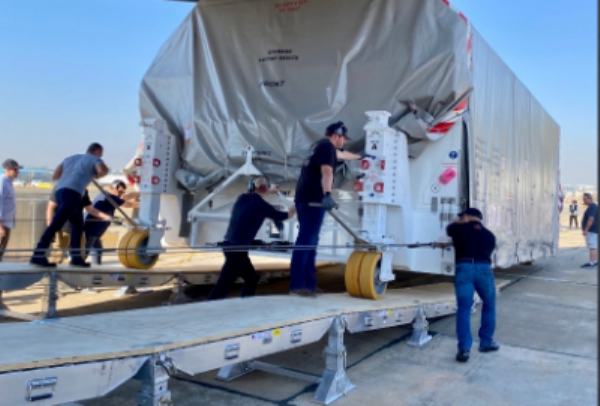NB Explain| US handover Indo-US jointly developed NISAR satellite to ISRO: here's everything you need to know
NISAR was envisioned by NASA and ISRO eight years ago in 2014 as a powerful demonstration of the capability of radar as a science tool and help us study Earth"s dynamic land and ice surfaces in greater detail than ever before, news agency ANI reported.
Total Views |
The United States handed over NASA-ISRO Synthetic Aperture Radar (NISAR) to the Indian space agency on Wednesday in Karnataka's Bengaluru.
NISAR, an Earth-observation satellite, is being jointly developed by the National Aeronautics and Space Administration (NASA) and the Indian Space Research Organisation (ISRO).

NISAR was envisioned by NASA and ISRO eight years ago in 2014 as a powerful demonstration of the capability of radar as a science tool and help us study Earth's dynamic land and ice surfaces in greater detail than ever before, news agency ANI reported.
NISAR will be the first radar of its kind in space to systematically map Earth, using two different radar frequencies (L-band and S-band) to measure changes in our planet's surface less than a centimetre across.
NISAR will provide a wealth of data and information about the Earth's surface changes, natural hazards, and ecosystem disturbances, helping to advance our understanding of Earth system processes and climate change. It will help to monitor and understand the impacts of climate change on the Earth's land surface, including melting glaciers, sea-level rise, and changes in carbon storage.
The data will be used to improve agricultural management and food security by providing information about crop growth, soil moisture, and land-use changes. The mission will provide data for infrastructure monitoring and management, such as monitoring oil spills, urbanization, and deforestation.
.
.

